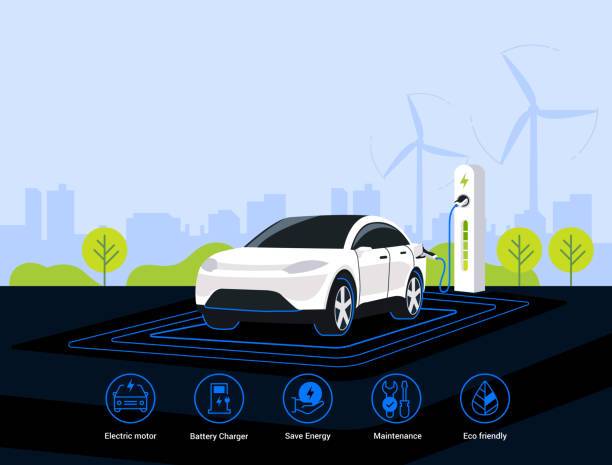PM E-DRIVE Scheme a Step Towards Solving India’s Pollution Problem
Related Articles
मिल वर्कर की बेटी से Star Cricketer तक, Jemimah Rodrigues ने किया Sanjeev Jaiswal से भावुक मुलाकात
भारतीय महिला क्रिकेट टीम की उभरती हुई स्टार जेमिमा रोड्रिग्स (Jemimah Rodrigues) ने शुक्रवार को म्हाडा के सीईओ और वीपी आईएएस अधिकारी संजीव जायसवाल...
Delhi Groom’s Hilarious ‘8th Vachan’ Goes Viral: Bride Had No Choice But to Agree!
With the wedding season at its peak across India, a ceremony in Delhi has captured the internet’s attention for its unexpected blend of tradition...
Goa Nightclub Fire में छोटे शहरों से कमाने आए युवकों के सपने जल गए, Delhi Family की मस्ती ट्रिप बनी मातम
गोवा के अरपोरा स्थित ‘बिर्च बाय रोमियो लेन’ नाइटक्लब में शनिवार देर रात भीषण आग लगने से 25 लोगों की मौत हो गई। इस...


